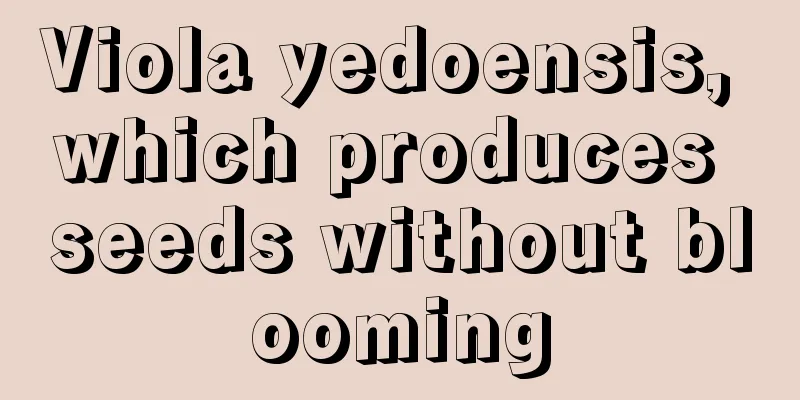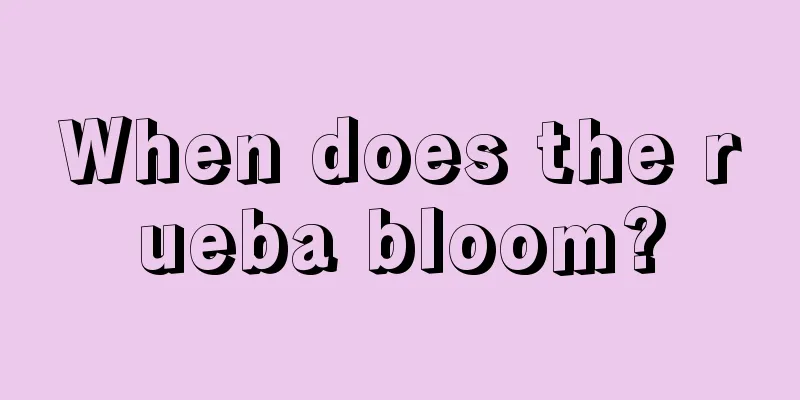Diseases and control methods of hollyhock

Hollyhock Diseases: RustsymptomThe pathogen is sheath rust, and perennial hollyhock plants are very susceptible to hollyhock rust. After being infected with rust, chlorotic spots appear on the front of the leaves, and round, brown, powdery spore piles can be seen on the back. When the disease is serious in the later stage, the leaves gradually turn yellow, wither, and fall off, and the whole plant becomes weak. Prevention and treatment methodsSpraying Bordeaux liquid on the plants in spring or summer, or disinfecting the seeds before sowing can have a preventive effect. In the early stage of the disease, you can spray 1000 times diluted 15% triadimefon wettable powder, or 1000 to 1500 times diluted 70% thiophanate-methyl wettable powder, or 600 times diluted 75% thiophanate-methyl wettable powder, etc. Spray once every 7 to 10 days, and spray 2 to 3 times in a row, all of which have good prevention and control effects. Hollyhock Diseases: White Spot DiseasesymptomHollyhock white spot disease is also called leaf spot disease, which mainly harms the leaves of hollyhock. In the early stage of the disease, small brown spots will appear on the surface of hollyhock leaves. As the disease progresses, the spots gradually expand into circles or ovals. The center of the spots is grayish white and the outer edges are reddish brown. When the humidity of the surrounding environment reaches a certain level, a gray-brown mold layer will appear on the lesions. Prevention and treatment methodsIncrease the application of phosphorus and potassium fertilizers to hollyhock, control the amount of nitrogen fertilizer used, apply less or not at all. In the early stage of the disease, you can use 800 times diluted 75% thiophanate-methyl wettable granules, 500 times diluted 50% carbendazim wettable granules, or 1200 times diluted 70% thiophanate-methyl wettable granules to spray for prevention and control, once every 10 days. Spraying 3-4 times in a row can effectively control the disease. If you find diseased plants, remove the diseased leaves in time, pay attention to the density of branches and stems, keep the plants ventilated and light-permeable, and minimize the possibility of disease. |
<<: Diseases and their control of banana
>>: Common diseases of snapdragon and their prevention and control methods
Recommend
Cultivation methods and precautions of Qiuli
Autumn lily is a relatively easy plant to grow. W...
No succulents in May? Regret it.
ruby Peach Egg Bear Paw Mountain Rose Rainbow Jad...
What are the legends and meanings of dragon bone flower?
1. Flower language and meaning 1. Mighty and domi...
Just pick a branch and stick it in the soil and it will grow, even in hot weather!
1. Million-dollar cuttings 1. Prepare the Soil Th...
How to grow Phalaenopsis so that it blooms
Phalaenopsis flowering time Phalaenopsis likes a ...
Tea Planting Conditions Natural Conditions of the Planting Area
Introduction to Tea Tea leaves are the leaves and...
What soil is suitable for growing Phalaenopsis?
Phalaenopsis soil Phalaenopsis prefers acidic soi...
The value of water spinach
Nutritious This vegetable contains high levels of...
These 10 kinds of flowers haven’t been watered for two months, but they are growing faster and faster!
If you water the money tree once a month, the roo...
How to prolong the flowering period of lotus
1. Suitable temperature This flower likes warmth ...
How long does it take for Clivia to bloom and when does it bloom
1. How long does it take for Clivia to bloom? Cli...
Feng Shui Effects of Pineapple Flowers
1. Prosperity and warding off evil The effect on ...
Do peppers need to be watered every day?
Do you water peppers every day? Peppers do not ne...
When is the harvest season for white sweet potatoes? What month is the harvest season?
White sweet potato harvest time White sweet potat...
Azalea succulent...the leaves fall off if touched, and only the roots will be left if not treated!
Azalea Reason 1: Not adapting to the environment....









